I’m kind of a PFD snob. Since my early paddling days in the 1970s when we had to make wearable PFDs from kits or buy the only one then manufactured, which was made by Extrasport, I’ve tried almost everything on the market.When I was scuba diving for the Navy in the late ’60s and early ’70s, I wore an inflatable that was manually or CO2-cartridge activated. Such flotation devices led to today’s divers’ buoyancy compensators and Type-V PFDs. These inflatable PFDs, made as suspenders or a belt with a pouch, are very compact, but once they are inflated you can neither swim effectively nor do anything else useful to help yourself if you’ve gone overboard; all you can do is wait for help. For those of us who sail and row, they can also get caught on gear such as rigging or oar handles. I wear a waist-band inflatable for summer rowing and sailing in benign conditions but, while it doesn’t catch on stuff, I’m reluctant to inflate it because it would get in the way of any self-rescue procedures. However, without some buoyancy, if capsized, I would need to devote some of my recovery efforts to keeping myself afloat.The early life vests that used foam for flotation were the precursors to Type III PFDs, which are designed to keep you afloat any time you’re in the water and don’t make it impractical to swim. They can also have lots of pockets in which to carry gear. But, the bulk of the foam can interfere with your ability to climb back aboard after a capsize, or reach well aft at the catch of a rowing stroke, and they can crowd the oar handles at the finish of the stroke. The pockets, empty or full, can further add to the interference at the end of the stroke.
Join The Conversation
We welcome your comments about this article. If you’d like to include a photo or a video with your comment, please email the file or link.
Comments (2)
Leave a Reply
Stay On Course

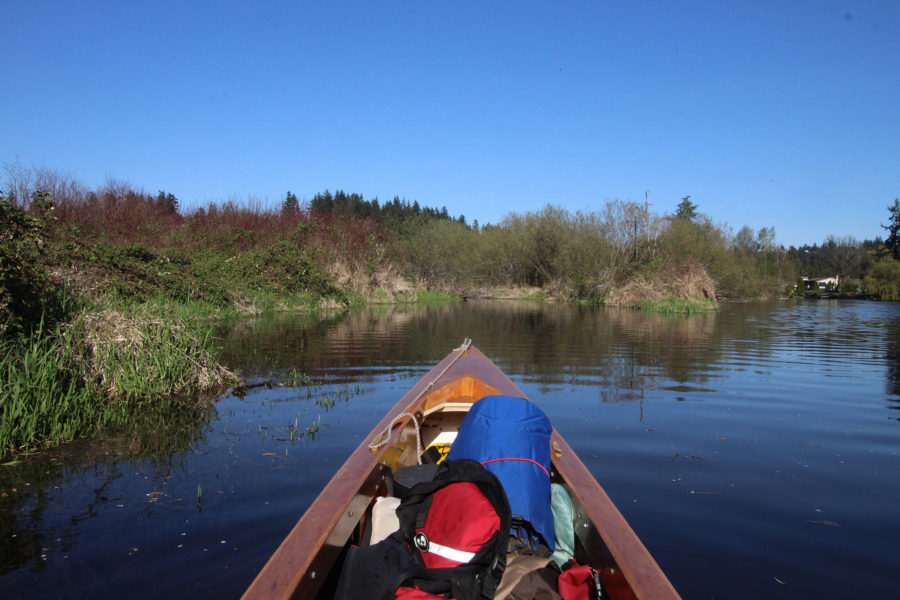
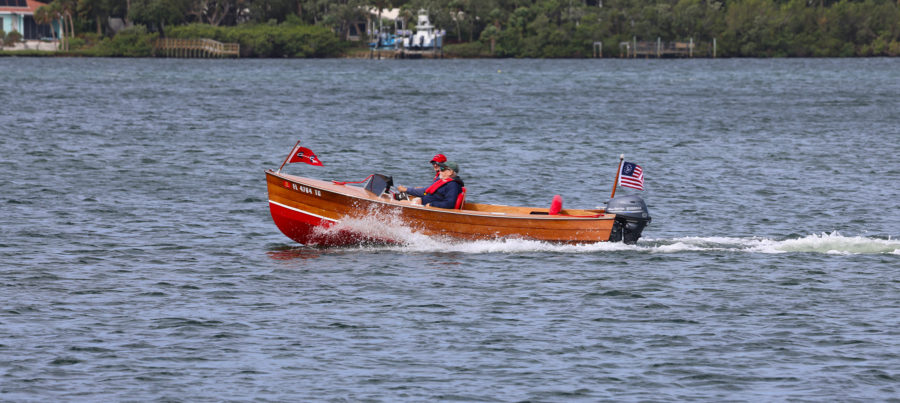
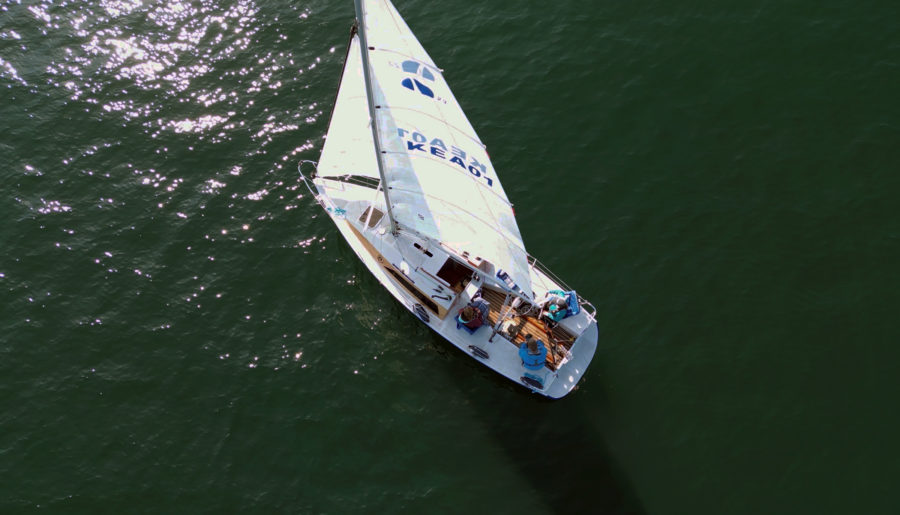
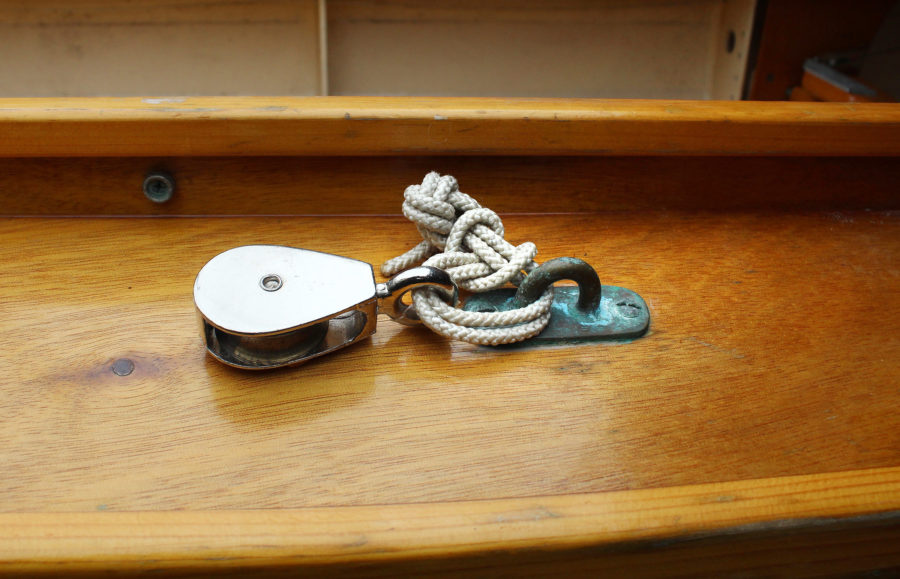
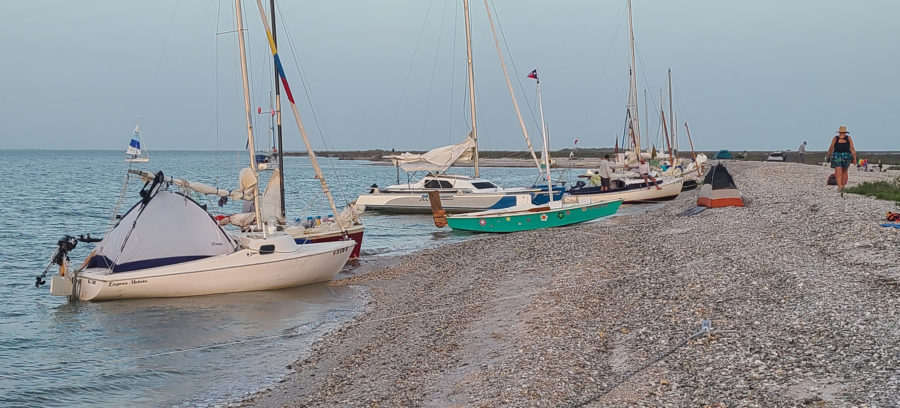
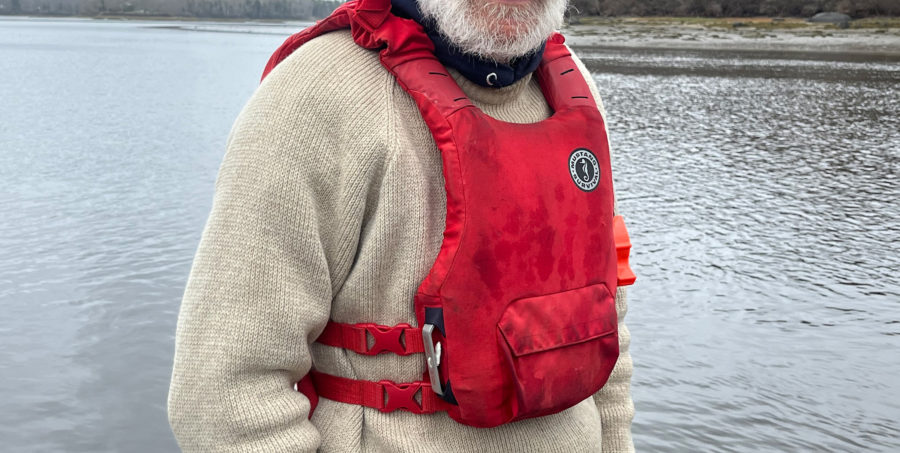
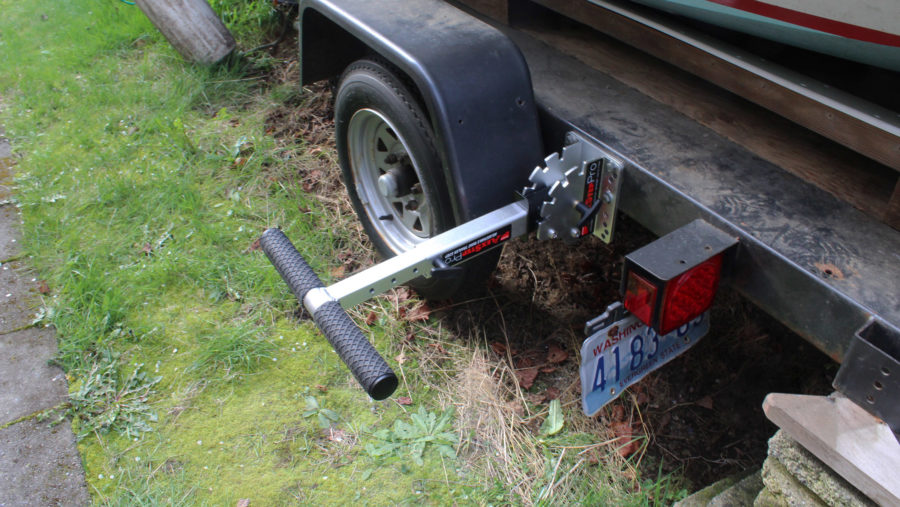
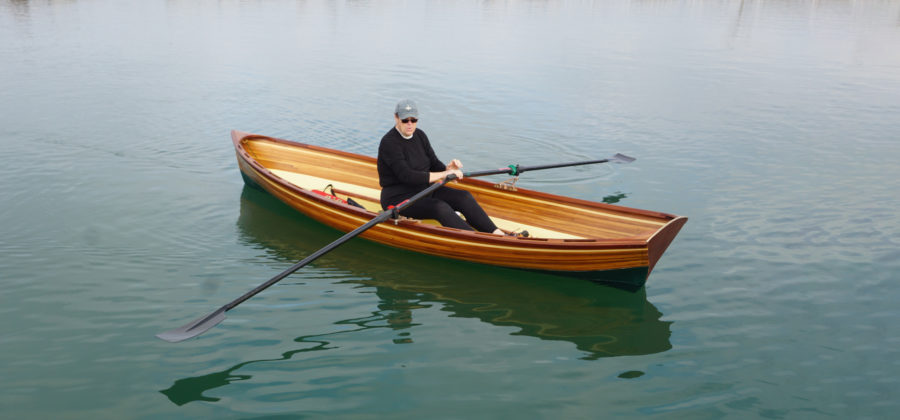
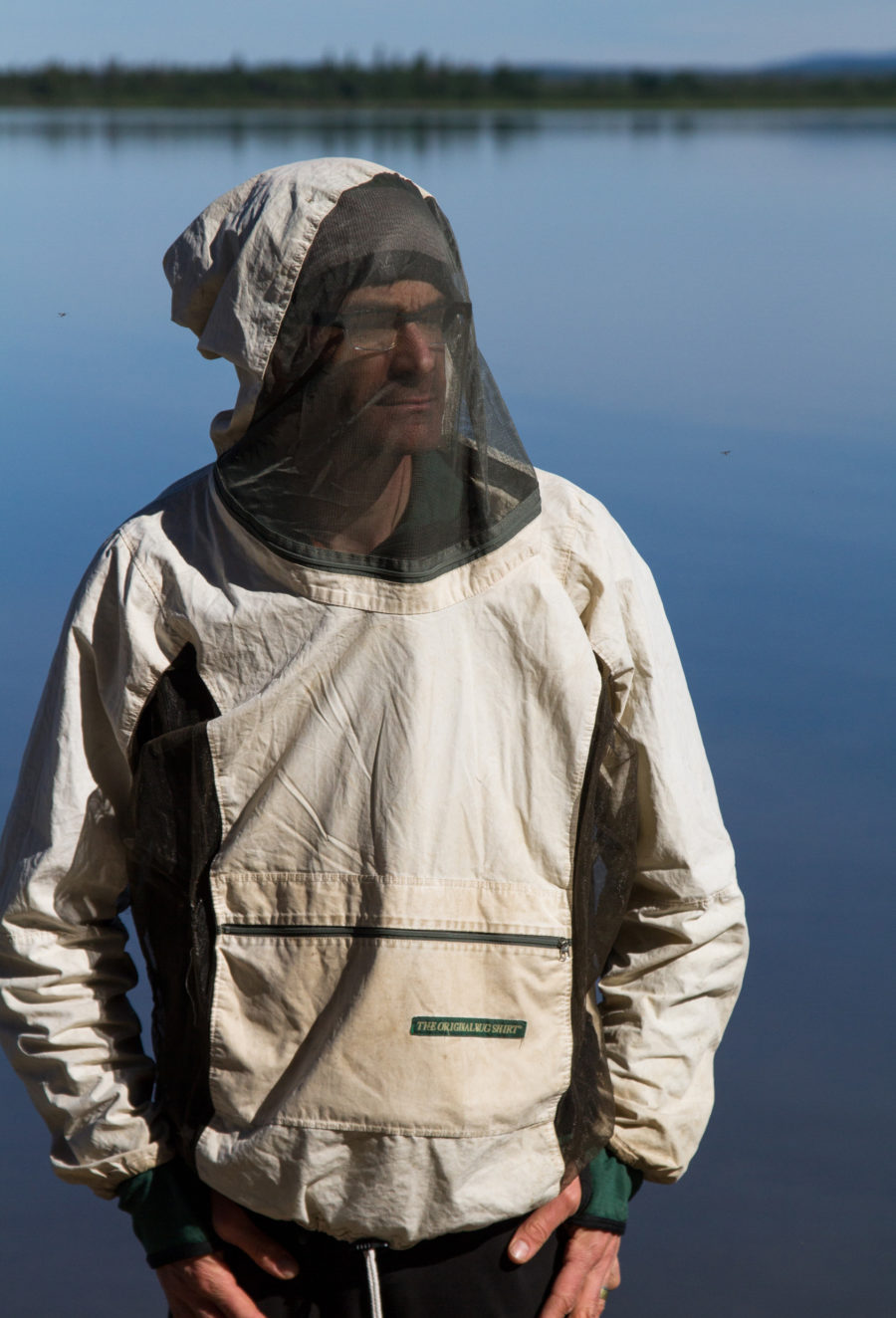
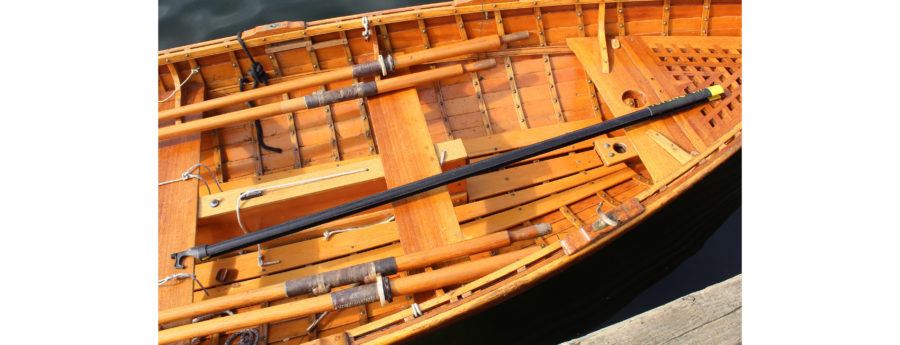
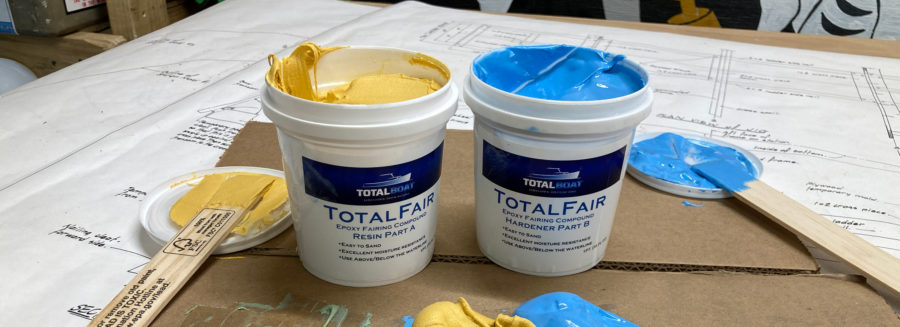
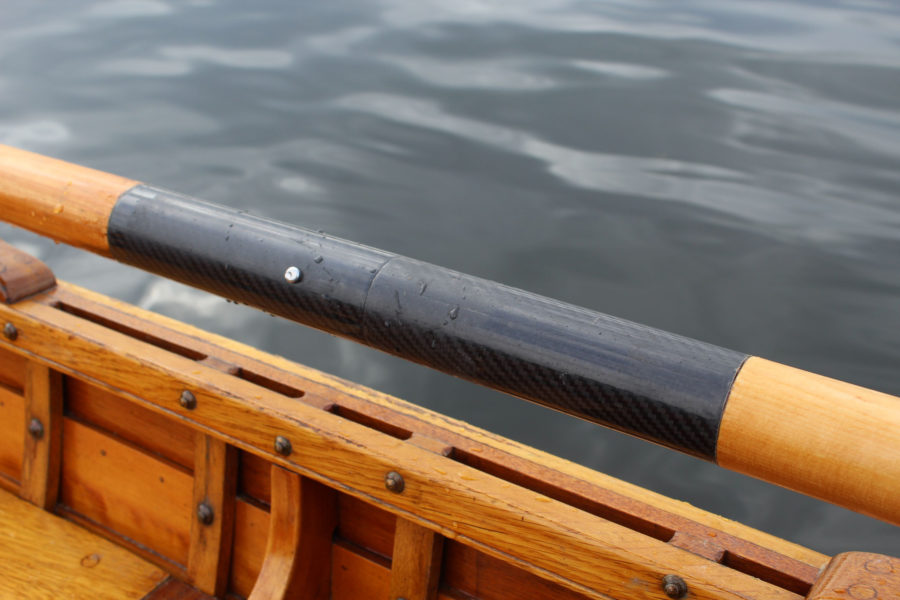
I had been waffling between this and suspenders, but you made the case. Just got one!
Ben,
I just picked up one from West Marine on sale. I’m trying to remember where I saw your comments about an open-mesh vest with pockets to go over it.
Regards,
Mike